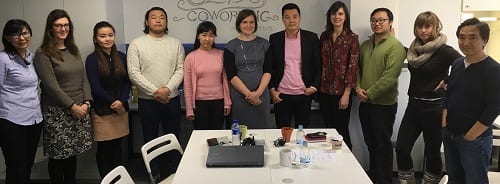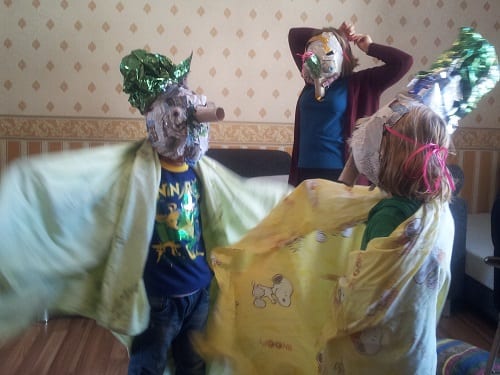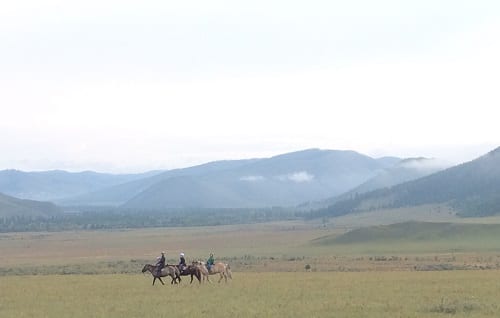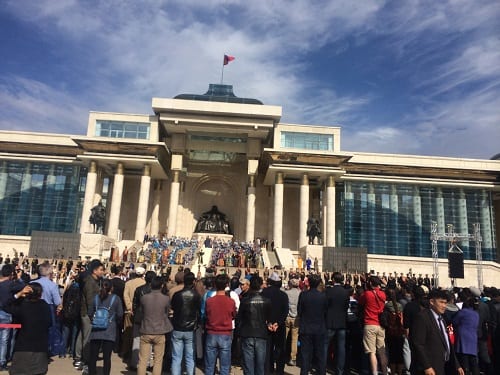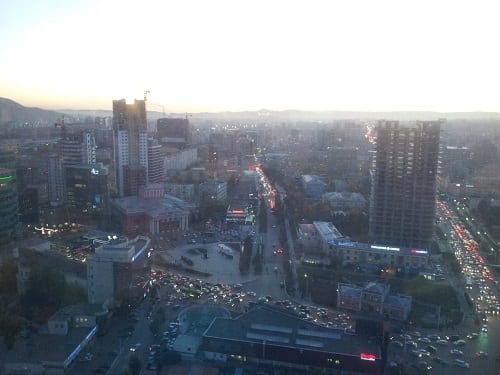Emerging Subjects’ Second Advisory Board Meeting: Features of Mongolian Capitalism
By ucsaar0, on 28 November 2016
On the 15th November, 2016, we held our Second Advisory Board Meeting at the Club Coworking space, in the ICC Tower, Ulaanbaatar, Mongolia.
This time our Advisory Board was tasked with presenting three features that they think defines capitalism in Mongolia today. Each person was asked to speak for 20 mins or so on their themes, followed by heated questions and intense discussion. The day was divided by lunch at Maggiano, and lasted from 10am until 5pm.
The topic of discussion was a fitting prelude to our conference on Mongolian-made Capitalism, which took place the following day at the Mongolian-Japan Centre (which we will post about shortly). The gathering was also a chance to ask our Advisory Board about current economic and political changes in Mongolia and raise questions that have arisen since our fieldwork, which started a year and a half ago.
Once again, we felt incredibly lucky to be able to hear such varied opinion and expert insight from such a diverse group of people, representing so many different sectors of society.
There is a real sense that our research is guided by their advice as much as providing food for thought for further elaboration. Many of the Advisory Board also attended the conference the next day and participated in it.
In order to honour our commitment that everything spoken about in the meeting remains anonymous we have decided to list the features that were discussed below, but not identify them with any individual. We hope that this will provide some food for thought, and also perhaps, in the future, a historical record of how people at this moment perceive the political and economic climate in Mongolia.
Three Features of Mongolian Capitalism – November 2016
- The power of networks dominates everything
- Capitalism in Mongolia defies market principles – especially property regimes
- Wealth above all else is valued
—
- The extractive industry is a dependent economy
- Oligarchical governance
- Neocolonialism, or the country is a neo-colony to multinational companies and economic powers such as USA, China, Canada, Netherlands and Australia.
—
- Lack of information, knowledge and education of the rural population
- Violence toward rural women
- Influence of election in the rural regions
—
- Relationship between Mongolia, China and Russia (transport corridor etc.)
- Mongolia’s third neighbours
- Symbolic representation of Mongolia, China and Russia as Mazalai, Panda and Bear.
—
- Two parties play with the nation’s resource wealth
- The political parties and the rich have become the heads of the state
- Rulers and ruling institutions are buying the state and state assets through the management of parties
—
- The state is captured by non-transparent business (Erdenbilegism: a new phenomenon in Mongolia’s democracy)
- Semi-capitalist society (Marching back to socialism)
- Too large government (Fakestan)
—
- Law implementation: common problem that occurs frequently is we have many world-standard legal frameworks, but lack implementation. Here, people who are supposed to enforce the law could be well-informed or ill-suited, or some legal aspects are just not compatible with our level of development (i.e. anti-smoking law).
- Organizational check-and-balance: frequently, the balance between key organizations in the public sector is biased or leaned toward one side, so that, at the end of day, human factors define performance results. Thus, at some point, one organization becomes very active or powerful, it may seem our policy is focused on that part. Then, sometimes within the organization, an individual ‘s decision could be implemented unchecked.
- The extent of public sector involvement in the market: we’ve seen some back-and-forth thinking in terms of where the line should be drawn for the government to be involved in the markets. In the 90s popular thinking was laissez-faire economy, which is now transformed into more public involvement to regulate parts of the economy. It’s always in flux, a fight about where the balance should be (think of banking sector, which was freely regulated, but now might become our Achilles hill).
Photos © Rebecca Empson.
 Close
Close




